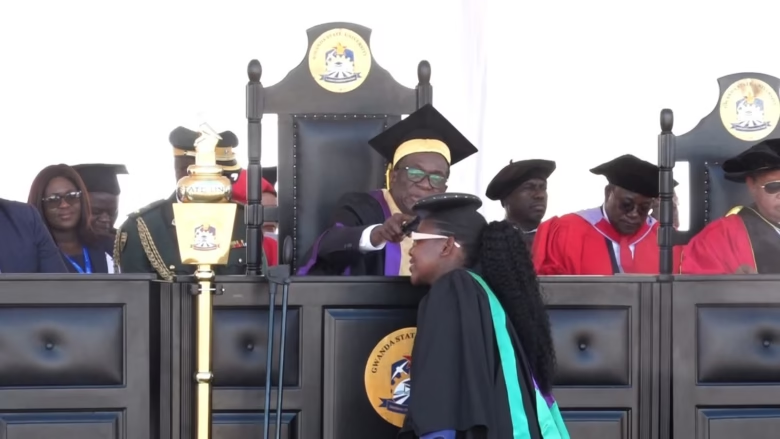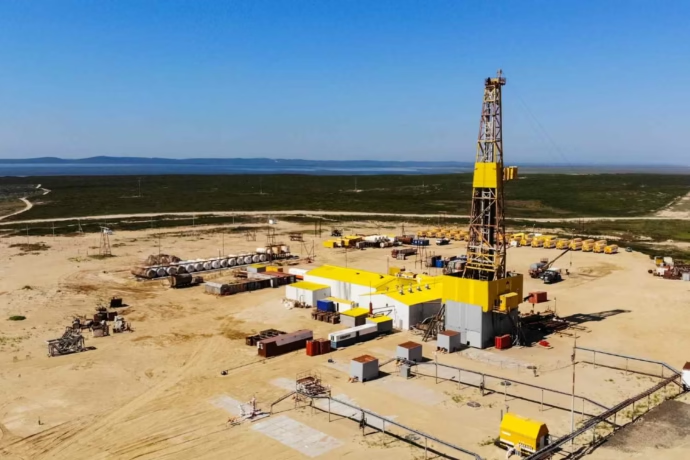
Zimbabwe is set to make a historic leap in modernising its transport infrastructure with the official opening of the state-of-the-art Trabablas Interchange this Friday. The multi-million-dollar project, situated at the confluence of Simon Mazorodze Road, Chitungwiza Road, and High Glen Road in Harare, stands as a testament to the Second Republic’s ambitious infrastructure drive. It is part of a broader strategy aimed at transforming the country into an upper middle-income economy by 2030.
The Trabablas Interchange, constructed at a cost of US$88 million, replaces the outdated Mbudzi roundabout that was built in 1998 and had become synonymous with congestion and delays at one of Harare’s busiest intersections. With commissioning expected to be presided over by President Emmerson Mnangagwa, the new interchange signifies not only the physical transformation of Zimbabwe’s road network but also the successful implementation of homegrown engineering expertise. The project was executed by a consortium of three local firms, Tensor Systems, Fossil Contracting, and Masimba Construction, under the Tefoma Construction joint venture.
Featuring 15 bridges and designed to international standards, the interchange is a key component of the North-South Corridor, a critical trade route connecting Zimbabwe to SADC member states and the broader African continent. The infrastructure is set to streamline traffic flow between Harare, Chitungwiza, Masvingo, and surrounding suburbs such as Glen View and Glen Norah, significantly improving travel efficiency and public safety.
Speaking in the Senate, Transport and Infrastructural Development Minister Felix Mhona described the Trabablas Interchange as a vital piece of Zimbabwe’s strategic transport puzzle. He said the project aligns with the ongoing rehabilitation of the Harare-Beitbridge-Chirundu highway and fits into the broader vision of connecting Zimbabwe through world-class road infrastructure. According to Minister Mhona, 492.9km of the Harare-Beitbridge stretch has already been completed, with the remaining 87.1km on track for completion by the end of 2025. He further revealed that work on the Harare-Chirundu section is scheduled to commence in the first quarter of 2026, with major construction works expected to be completed by mid-2027.
The government’s infrastructure modernisation agenda goes beyond roads. Border post upgrades form a complementary pillar in enhancing regional trade and transport efficiency. The Beitbridge Border Post upgrade, completed in September 2023 under a public-private partnership (PPP) framework, has already begun improving the flow of goods and people between Zimbabwe and South Africa. Following its success, a similar PPP arrangement has been entered into for the Chirundu Border Post. This post, already operating as a one-stop border facility, is set for further modernisation to enhance throughput and service delivery. Minister Mhona also announced that upgrading of the Forbes Border Post, which connects Zimbabwe to Mozambique, is scheduled to begin by the end of 2025 and be completed in 2027.
Zimbabwe’s infrastructure transformation under the Second Republic is central to the country’s economic reindustrialisation and integration into regional and global value chains. Road development, especially projects like the Trabablas Interchange, signals a new chapter in national development. Improved connectivity between urban and rural areas is expected to ease the movement of goods, enhance access to services, boost domestic tourism, and contribute to sustainable growth.
The official opening of the Trabablas Interchange thus stands as a beacon of progress, a visible symbol of how infrastructure investment is laying the foundation for Zimbabwe’s Vision 2030 and affirming the Second Republic’s commitment to delivering large-scale, transformative projects that benefit all citizens.




